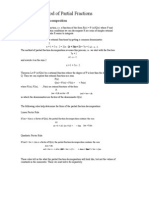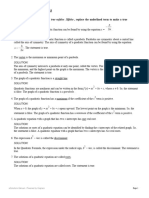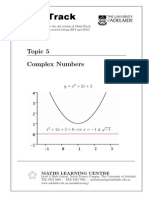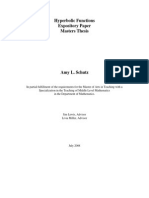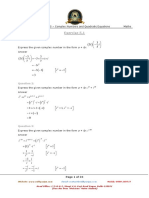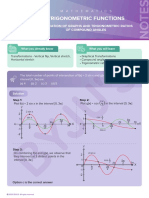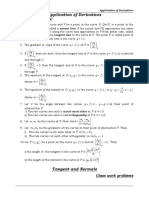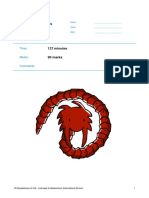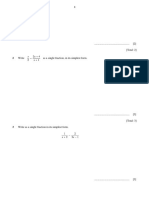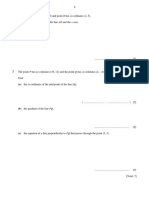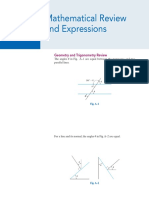0% found this document useful (0 votes)
503 views15 pages01 - Hyperbolic Functions
hyperbolic functions
Uploaded by
shahulCopyright
© © All Rights Reserved
We take content rights seriously. If you suspect this is your content, claim it here.
Available Formats
Download as DOCX, PDF, TXT or read online on Scribd
0% found this document useful (0 votes)
503 views15 pages01 - Hyperbolic Functions
hyperbolic functions
Uploaded by
shahulCopyright
© © All Rights Reserved
We take content rights seriously. If you suspect this is your content, claim it here.
Available Formats
Download as DOCX, PDF, TXT or read online on Scribd
/ 15







